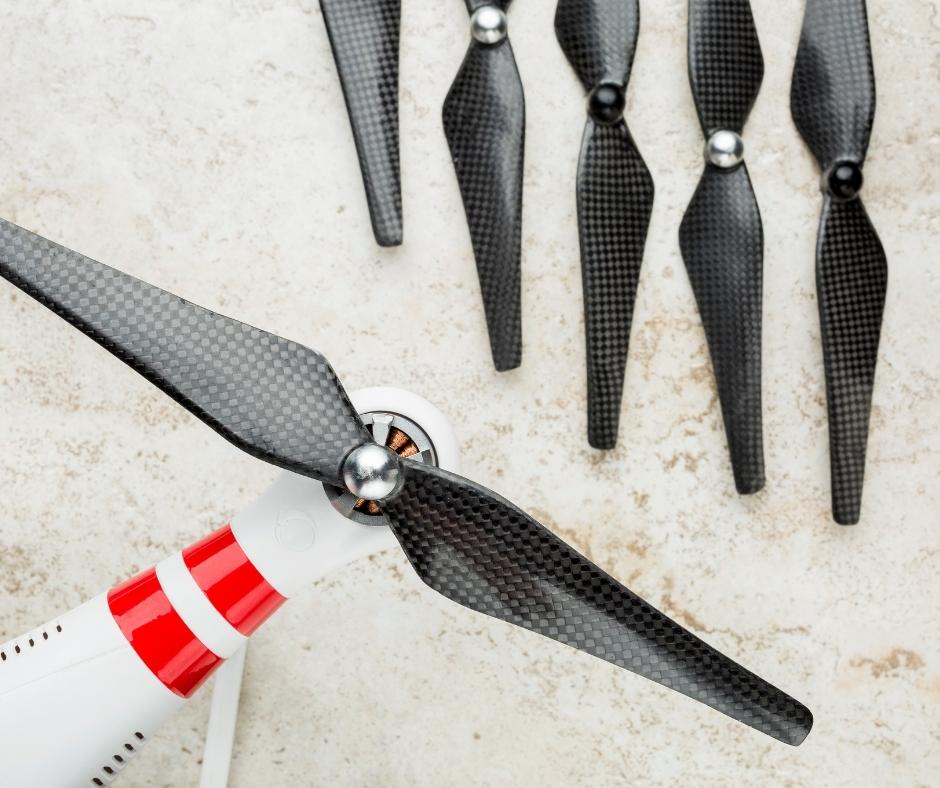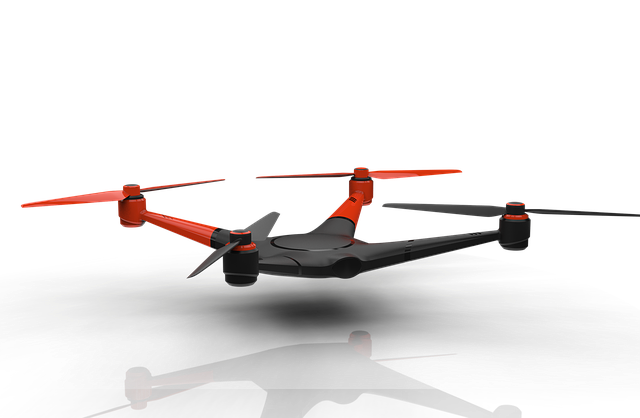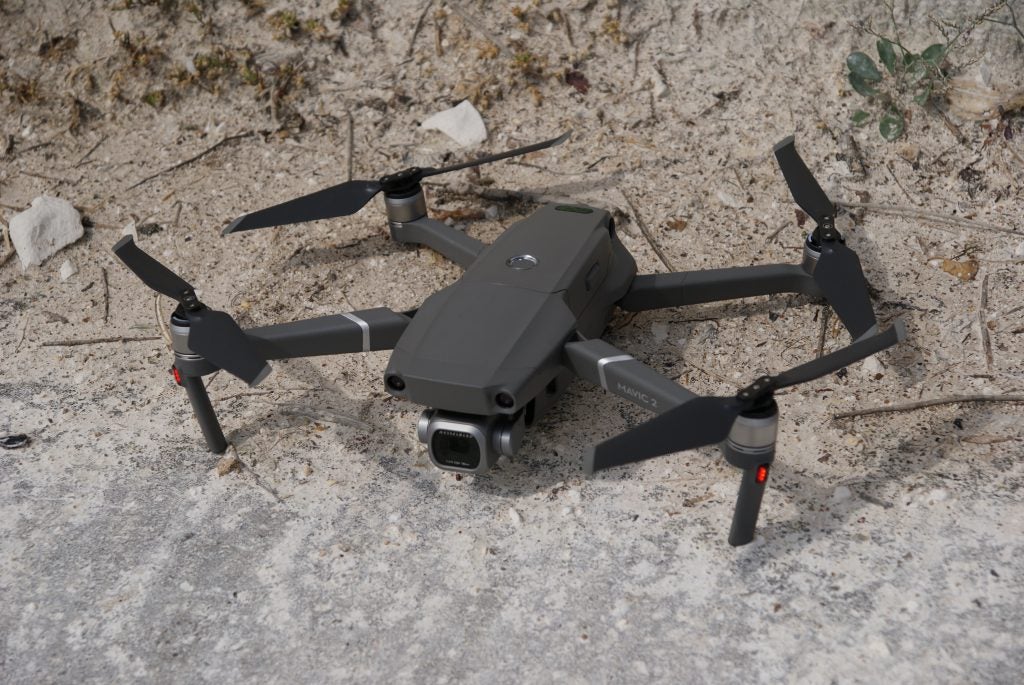
Drones are a great option for children who are looking for excitement and a new hobby. We will be looking at the Parrot Maclane and Tello EDU drones, as well as the S5C which can be controlled via smartphone. These options are excellent for anyone looking to introduce drones their children. Which one is best? Read on to find out which one is the best! And don't forget to check out our Amazon wishlist as well!
Parrot Maclane
There are many choices of drones for children on the market. It can be overwhelming to decide which one is right for your child. Luckily, there are some great options available for you. We will be discussing the benefits of these drones, and helping you choose which one works best for your kid. It's fun for all. Who wouldn't want to fly a drone with their friends?
Tello EDU
The DJI Tello is one of the first EDU drones for kids. It has a control pad that looks like a PlayStation, and a built-in HD camera with an impressive 100mm range. It is compatible with VR headsets and includes components made by DJI. It can take off quickly and can be programmed with certain routines depending on the code it receives. There are many choices, no matter if you're looking to buy a beginner drone or an advanced model.

Parrot Maclane with camera
Parrot Maclane is the ideal drone for your child. This drone features a camera on the back and features two LED lights on its fuselage. It can perform both front and back flips. It's simple to operate and your kid will love it. You can even control it with your thumb.
S5C drones equipped with smartphone control
S5C drones designed for kids are controlled by smartphones and have many great features that make flying easy. These drones can hover at various heights and capture footage to the microSD card. The smartphone can be used to control the drone or it can be connected to a TV to view the video. S5C drones offer a range of control that is approximately 80 meters. You can also fly them up 100 meters from the receiver.
Parrot Maclane with blade protections
The Parrot Maclane with its blade guards makes it safe to fly for children, unlike other kids' drones. The drone comes equipped with a flashlight and headlights. It also has an ultrasound and other fun features. It can fly up to 65 feet and has a battery life of up to 25 minutes. It can also recharge using either the supplied USB cable or the separately available 2.4A charging adapter.

FAQ
Which US states allow drones?
You can legally operate a drone for hobby purposes. Federal Aviation Administration (FAA), has issued guidelines that allow you to use small unmanned aircraft systems (UASs). Before UASs can be flown, they must be registered with FAA. If certain conditions are met, the FAA allows commercial operators to fly these UASs.
Is it possible to fly a drone at high altitudes without a license?
The FAA doesn't limit how high you can fly your drone. The FAA does require you to register unmanned aircraft systems (UAS), which include the registration number of your model, weight and size, serial numbers, manufacturer's names, date manufactured and other information.
With a drone, can someone spy on me?
A drone can be used to spy on anyone. You can protect yourself against drones by being aware of them and avoiding areas where they might fly. Notify 911 immediately if you find a drone in your vicinity.
Statistics
- According to industry research from ZipRecruiter , there are 10 cities where the typical salary for a Drone Pilot job is above the national average. (dronesgator.com)
- According to ZipRecruiter, the minimum hourly wage of drone pilots is $20. (thedroneu.com)
- According to the multiple listing service (MLS), houses and apartments with drone photographs are up to 68 percent more likely to sell than those without pictures. (thedroneu.com)
External Links
How To
How to Fly Drones at a Beginning Level
A drone can be used to fly remotely controlled aircraft for photography, surveillance, scientific research, hobby and commercial purposes. Drone technology has existed since World War II. DJI's Phantom series quadcopters were first commercially available in 2010. Many types of drones have been made available since then, from beginner-friendly models such as the Parrot AR Drone 2.0, to high-end multi-rotor craft such as the DJI Mavic Pro.
There are many methods to fly a Drone, including
-
Remote control – This technique uses a control device attached directly to your hands that allows you steer the drone around its flight path. There are two types of controllers available: joysticks and on/off switches.
-
Manual Control – This method lets users remotely control the drone by using a smartphone app. The app will provide instructions and help you to locate the drone.
-
Autonomous flight - The drone takes over the piloting duties. The drone is able to fly autonomously, without the need for human intervention. It must have a builtin camera, sensors capable of taking images and data to enable autonomous flight.
-
Triggered Flight – This method is very similar to manual flight. The pilot creates a route that the drone will follow until it reaches the destination. Once the programmed route has been completed, the drone returns to the base automatically.
-
Landing Gear: Some drones have landing gear that allows them safely to land in case they lose power or run low on battery.
-
Goggles – Pilots often wear goggles while flying to keep themselves safe from any debris.
-
Camera - Certain drones come with cameras that allow you to take photos and videos from high above.
-
Obstacles. Some drones can have obstacle avoidance technology that stops them from hitting obstacles.
-
Speed - Some drones reach speeds exceeding 40 mph.
-
Battery Life - Most drones can last between 20 minutes to 3 hours, depending on how much power you're using.
-
Distance - Some drones can travel up 30 miles depending on the model.
-
Power source - Some drones require an external power source; others work off internal batteries.
-
Weight – Some drones are less than one pound, while other models can be up to four pounds.
-
Size - Drones range from small devices that fit in one's palm to large crafts that weigh more than 50 pounds.
-
Price - High-end drones can go for thousands of dollars, while low-cost models start at $100.